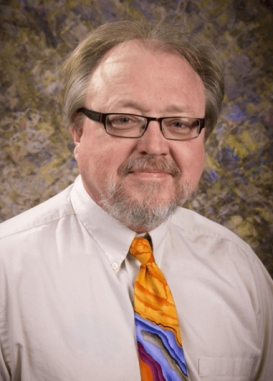When I tell people I am a double major in journalism and anthropology, the first two questions I am usually asked are, “What exactly does an anthropologist do?” and “How did you decide to do those two majors?”
The first question isn’t answerable in a small-talk setting, but I settle on the definition that anthropologists study what it means to be human. To answer the second question, I’ve always loved news and writing, but I wanted to be a forensic anthropologist. I knew the chances of becoming one were minuscule, so I figured I could do science journalism if all else failed.
At this point, I am usually asked if there is a “big calling for that.” People just don’t know that anthropology is going on around us all the time, including in forensic contexts.
So whether I favor my journalism degree or my anthropology degree, there’s always something to do if you know where to look. And, while there is plenty to see, a lot of journalists have flaws in reporting on the subject.
For instance, here is a story from Feb. 17.
Mercyhurst Univeristy’s Dr. Dennis Dirkmaat, who examined human remains on February 7, announced his belief that it is the body of Patsy Hudson who has been missing since July.
The article reads “The professor and his team of Forensic and Biological Anthropology Master’s students are working to prove that suspicion.”
My problem with this sentence is it makes it sound like they know without a doubt who the woman is and are working to prove that when they should be working to identify the body without bias.
To be clear, I’m in no way doubting Dirkmaat’s motivations seeing as he has taken part in more than 300 cases and teaches this for a living. It’s a criticism of how the media handles these stories. The reporter also chose to use the word “race” where it should say “ancestry,” which is a changing concept in forensic anthropology.
What makes this story unique, however, was handled very well. The case was brought to Dirkmaat by police and he was able to help locate the remains within days.
In addition to the newly dead, cold cases are often the job of the forensic anthropologist. Recently, Anthony Falsetti and his students at Arizona State University analyzed remains of a case from the 1980s.
The reporter in this case, Nico Santos, hit the nail on the head with how he presented the details.
“Since 1984, a lot has changed,” explained Falsetti. “In our science and anthropology, we’ve changed. We’ve gotten more accurate in our estimations in age and sex and ancestry, as well as other technologies … obviously DNA.”
The professor and his students used new technology to take a fresh look at the case with the goal of identifying the victim and bringing her killer to justice.
“Someday she’ll have her own name back,” said Dr. Falsetti.
There was also a story about the Tim Bosma trial. Dr. Tracy Rogers is the anthropologist who helped identify Tim Bosma. It is suspected Bosma was murdered by two men. His bones were found inside an incinerator on a farm in Ontario. Rogers testified in court that an arm bone found at the scene was burned at a high temp.
This story was straight forward and a little dry, but I like it for that reason. It shows the other responsibilities and significance of the forensic anthropologist.
Besides pressing cases such as these, anthropology is discussed in terms of academic programming, public exhibits and professional conferences all the time.
Every week, anthropologists are doing important work for both past and present individuals and for humanity as a whole.


